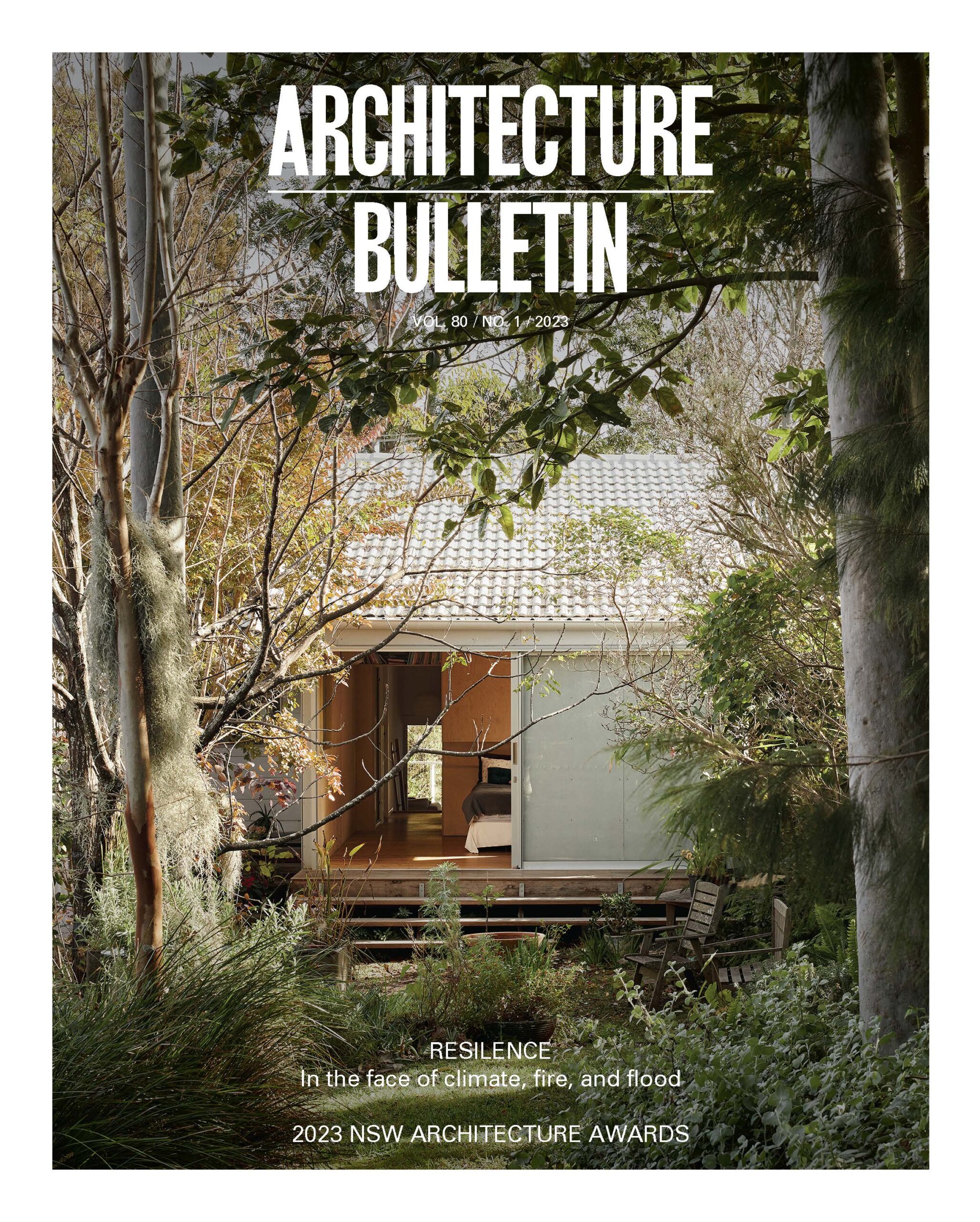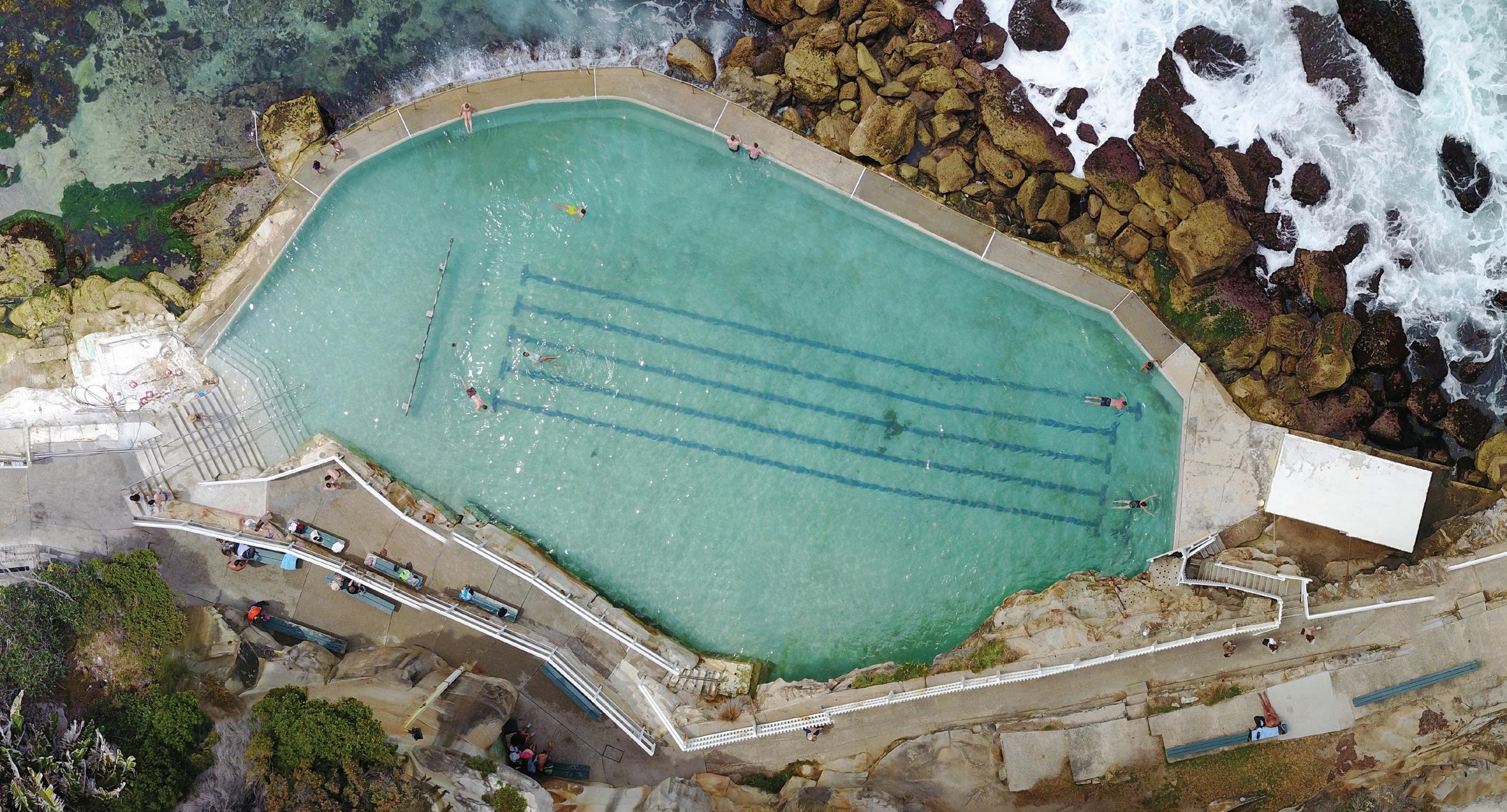
The coast is an iconic and highly-valued landscape in Australia. It’s one of our most productive and abundant places environmentally, culturally and economically. For millennia, the coast has been a place of continuous use and habitation. We are a nation of coastal dwellers with 85% of the population living within 50km of the ocean. If our surroundings speak of who we are, this tells of our love affair with the water’s edge.
In 2016 the Federal Government published a revision of the State of the Environment Report which flagged that we are currently at risk of “loving the coast to death”. Multiple competing factors which converge on the coast place enormous pressure on the landscape, both natural and built. To add to this, climate change and sea level rise have begun to take hold along our foreshores putting further pressure on the coast.
Coastal resilience is about as complex a problem as they come. Our beaches and foreshores draw a significant level of scrutiny as public open spaces. At odds with this, private waterfront properties represent the highest value real estate in Australia. Together these factors often drive a socio-political divide between local communities. The coast is also a place of legacy issues. Where once it may have been acceptable to build on the foreshore, we have realised this landscape is fragile, abundant in biodiversity and subject to significant cyclical changes. The coast is incredibly dynamic and is now under significant pressure due to climate change as seen in the aftermath of recent damaging east coast lows.
Ultimately, we can’t hold back the tide along our coast or retreat landward into already densely developed areas perched along the water’s edge. In addition to this, is the complex balance between protection and our community values. Increasingly we seek to conserve the coast in its current state, which is a positive step for environmental values but can also be at odds with necessary adaptation measures.
We understand what it means to protect and conserve the natural beauty of the coast in its current form. We understand less about what coastal adaptation and future proofing might look like. Increasingly, we find that where our relationship to the coast has failed is where we have seen it as a hard line instead of a zone.
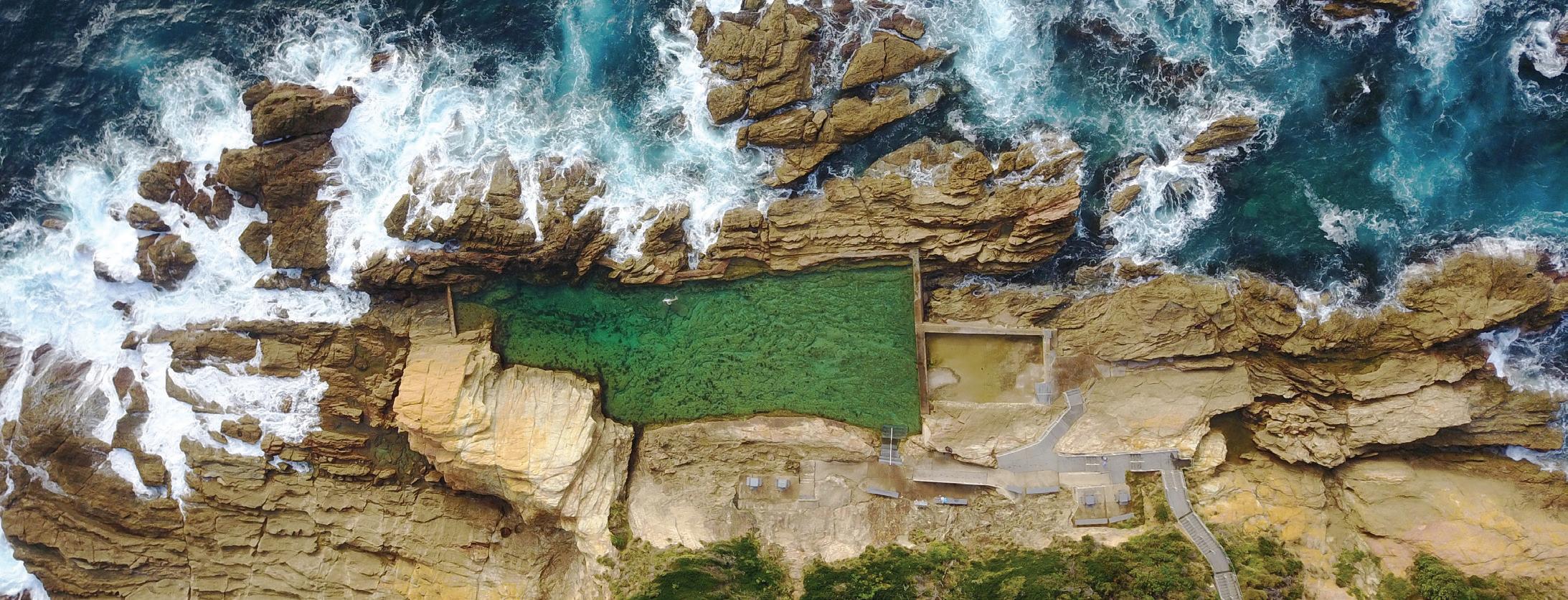
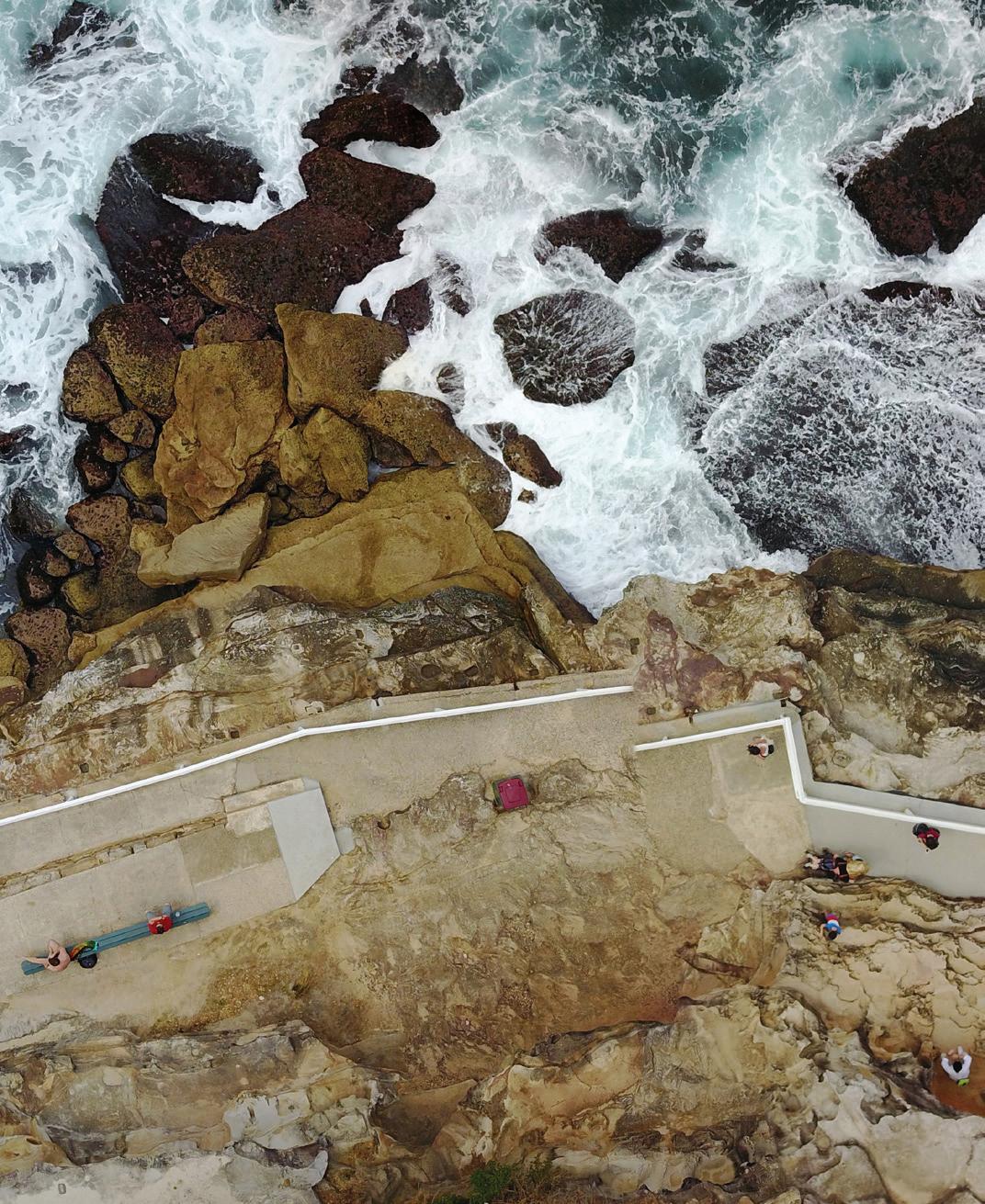
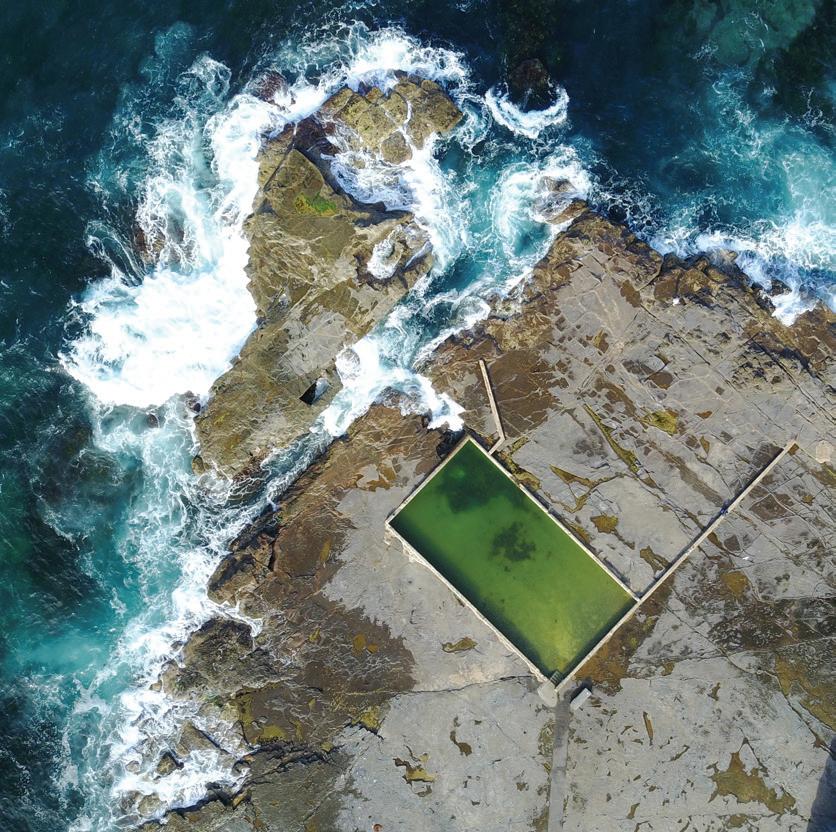
The construction of a seawall at Collaroy in Sydney’s Northern Beaches has been at the centre of this debate in NSW and is an example of one approach to coastal hazards. This hard-engineered response illustrates the complex challenges communities are grappling with when future proofing the foreshore. Approved under a development application by the Northern Beaches Council, the seawall protects private, water-front properties which back onto the beach. The rear yard for each property is level, resulting in an approximately 8m vertical seawall to the sand below. Since construction of the wall, east coast lows and wave action have periodically scoured sand from the base of the wall including the footings below. The outcome of the wall has been a diminished beachfront, impacts on the surf zone and, at times, restricted public foreshore access. It demonstrates the risks of engineered hard boundaries which protect built structure (private or otherwise) at the cost of diminished public amenity and the natural character of coastal landscapes.
As a built outcome, it lays bare a gap in NSW’s current coastal planning controls. As such, these controls are poised to benefit from an integrated, mutual-by-design approach for coastal infrastructure. This would place a positive duty on coastal development to deliver outcomes for both the built environment and the natural coastal environment. What this looks like in broad terms is still emerging across the world as we grapple with sea level rise and the impacts of climate change.
However, in Australia this is not a novel concept. In fact, A commonplace yet iconic example of this can be found among our extensive collection of tidal pools, particularly in NSW. While tidal pools are not strictly defensive structures (although they have the capacity to do so), they illustrate the potential of this approach. Central to this is an aesthetic which does not diminish the natural landscape. Tidal pools reflect this and are distinctly of their place in Australia as a result.
Nationally we have over 120 ocean and harbour pools, many built in the interwar years as public works projects. They are paired back, introducing structure only as necessary to create a swimming enclosure within a rock platform. Their robust but simple character is secondary to the innate natural beauty of the coast and is distinctly separate from the aesthetic of a municipal pool. Functionally, they are free, public assets that improve access to the coast. They provide protected ocean and harbour swimming for the community, including cohorts who may be less confident in open waters such as young children or older swimmers. The pools by necessity don’t impede natural coastal processes, even filling with sand on occasion only to be drained, dug out and restored to regular use by local councils. They serve as hosts for marine life and are an extension of intertidal habitats which gravitate to natural rock platforms. Tidal pools are integrated with coastal ecologies while enhancing amenity, access and safety for beach goers. As a group they illustrate one example of how we can manage, site and design foreshore structures to protect and mutually enhance the coast.
As a framework, these unique structures are one example of the potential for a contemporary approach to coastal resilience in NSW. Coastal planning policy (at state and local levels) is poised to address this by providing controls and guidance on desirable built and landscape outcomes, particularly as infrastructure and urban areas are upgraded to adapt to climate change. This is a continually evolving part of our coastal planning framework. If it is to reach its potential, it can serve to ensure our beaches and foreshores are resilient public landscapes which maintain the character of a world-class coastline now and into the future.
Nicole Larkin is an architect currently based in the Illawarra region of New South Wales. In 2017 Nicole was the recipient of the Byera Hadley Scholarship. Nicole’s practice encompasses coastal strategy, design and planning – focusing on how we inhabit and manage coastal areas. She has contributed to the NSW State Government’s Coastal Design Guideline, and is widely recognised for her expertise and commitment to coastal design strategy and the revival of ocean and harbour pools in Australia.
